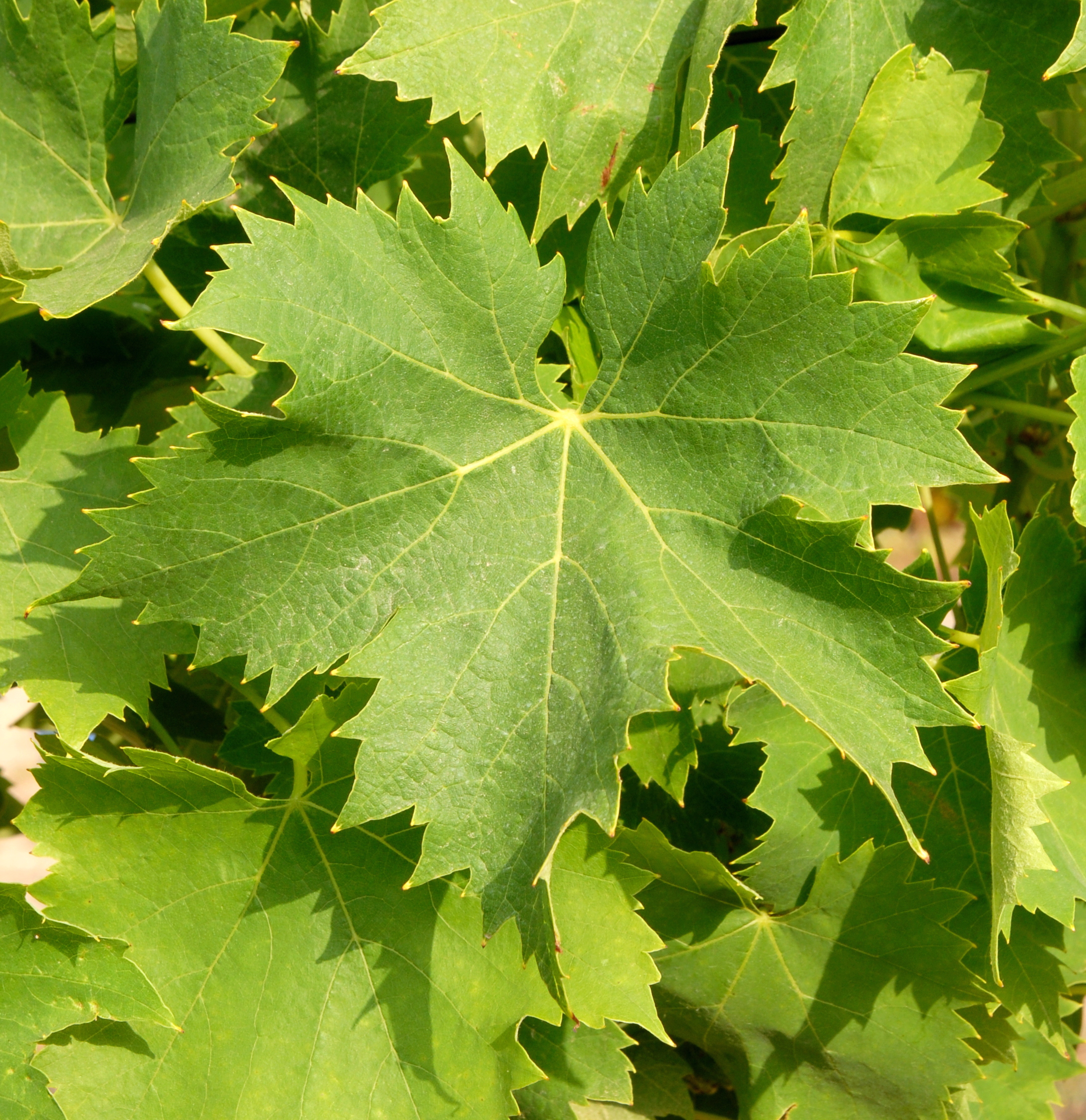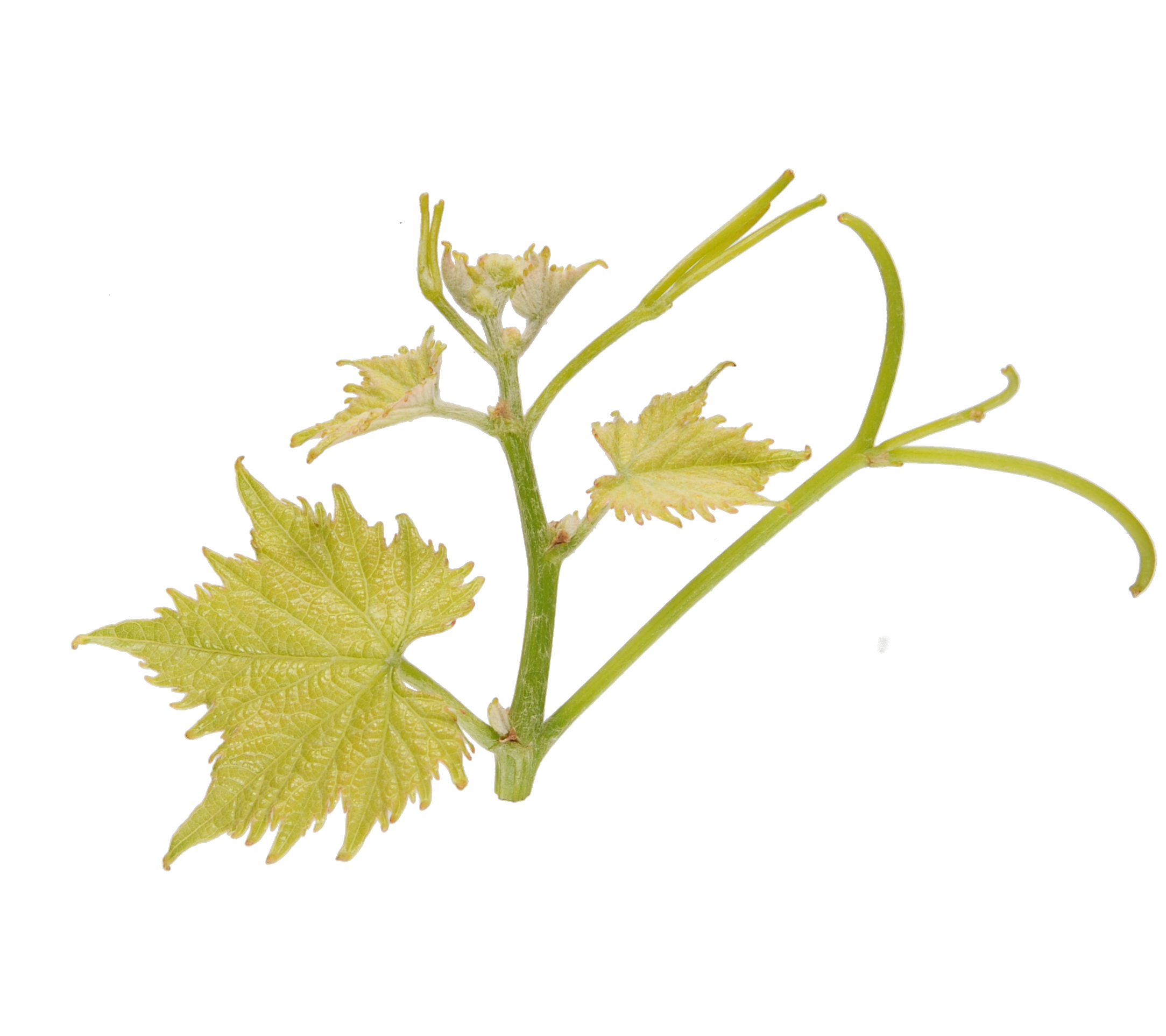Carricante
B
Wine grape variety.
The geographical origin of the variety is specified or, if this is not possible, the area in which it is traditionally cultivated. The genetic origin of the variety is also indicated whenever it is known from hybridiser data or from genetic analyses published or obtained by the teams at INRAE in Montpellier (UMR AGAP) and Vassal-Montpellier Grapevine Biological Resources Centre (CRB-Vigne).
Carricante is originally from Italy, probably from Sicily.
This information indicates the normal and statutory use for the grapes.
Wine grape variety.
Name under which the variety is officially registered in the catalogue of grapevine varieties in France and under which it may be propagated and disseminated.
Carricante
Recognised alternative names that may be used to identify the propagation material of the variety in France or in other member countries of the European Union.
There is no officially recognized synonym in France nor in the other countries of the European Union, for this variety.
This information indicates on which list the variety is registered (A or B), whether it is classified for wine grapes, and in which member countries of the European Union the variety is also officially registered (for more information, see the "Legislation" menu.
In France, Carricante is officially listed in the "Catalogue of vine varieties" since 2018 on the A list and classified. This variety is also listed in the catalogue of Italy.

- the tip of the young shoot that is green yellow with a medium density of prostrate hairs,
- the green yellowish young leaves, with a low to medium density of prostrate hairs,
- the shoots with green internodes,
- the star-shaped adult leaves, with five lobes, shallow lateral sinuses, an open V-shaped petiole sinus, medium to long teeth compared to their width at the base with straight sides, no anthocyanin coloration of veins, a twisted, roughly blistered leaf blade, and on the lower side of the leaves, a low density of erect and prostrate hairs,
- the ellipsoid berries.
Genetic profile
The genetic profile of the variety is provided for the 9 microsatellite markers (or SSR markers) selected under the European programme GrapeGen06 (http://www.eu-vitis.de/index.php) and by the OIV. The absolute size values of the alleles may vary slightly from one laboratory to another, but the relative differences between the two alleles of one single microsatellite are constant. The genetic analyses were conducted by the INRAE Montpellier team (UMR AGAP) and the IFV’s Plant Material Centre.
| Microsatellite | VVS2 | VVMD5 | VVMD7 | VVMD27 | VRZAG62 | VRZAG79 | VVMD25 | VVMD28 | VVMD32 |
|---|---|---|---|---|---|---|---|---|---|
|
Allele 1 |
131 |
223 |
239 |
176 |
194 |
252 |
238 |
243 |
251 |
|
Allele 2 |
131 |
234 |
249 |
182 |
196 |
260 |
240 |
247 |
255 |
The data on suitability are the result of field observations or, if none are available, of bibliography mining and the study of bibliographic references.
Carricante is very productive, moderately vigorous and has a semi-erect bearing. This variety must be pruned short (gobelet or cordon training system) and it needs a hot climat to reach full maturity. However, the bunches are sensitive to heat if they are exposed too much at the end of the season.
These remarks are also the result of field observations or, if none are available, of bibliography mining and study of bibliographic references.
Carricante is sensitive to cryptogamic diseases.
The growth stages indicated are the result of obsrvations made at the Domaine de Vassal Estate where the set of these varieties form a collection. The results are indicated compared to the Chasselas vine variety as a reference in order to make comparisons between years and different sites. As such, for information purposes, the dates for the Chasselas B growth stage at Domaine de Vassal are as follows: - Bud burst, 21 March (average over 50 years) - Grape maturity, 14 August (average over 50 years)
Bud burst: 3 days after Chasselas.
Grape maturity: mid-season, 2 weeks to 2 weeks and a half after Chasselas.
The size of grape clusters and berries indicated are based on the following scales: - Wine grape varieties Size : Very small Bunch (g) : ≤ 100 Berry (g) : 1 - Table grape varieties Bunch (g) : 150 Berry (g) : 2 - Wine grape varieties Size : Small Bunch (g) : 100 - 200 Berry (g) : 1,5 - 2 - Table grape varieties Bunch (g) : 150 - 250 Berry (g) : 2 - 3,5 - Wine grape varieties Size : Moderate Bunch (g) : 200 - 250 Berry (g) : 2 - 2,5 - Table grape varieties Bunch (g) : 250 - 400 Berry (g) : 3,5 - 5,5 - Wine grape varieties Size : Large Bunch (g) : 250 - 400 Berry (g) : 2,5 - 3,5 - Table grape varieties Bunch (g) : 400 - 700 Berry (g) : 5,5 - 8 - Wine grape varieties Size : Very large Bunch (g) : 400 Berry (g) : 3,5 - Table grape varieties Bunch (g) : 700 Berry (g) : 8 Remarks concerning the characteristics of the wines are generally based on tastings organised by juries of professionals.
Carricante's bunches are medium to large and moderately compact. The berries are medium in size, simple-flavored, with bloom, a thin to moderately thick skin and a juicy pulp. Carricante produces lively wines. They have citrus fruits (orange, grapefruit), orange blossom and aniseed aromas. They can also have mineral notes.
In this section, the list of certified clones is given. Information on clone conservatories is also provided.
There is no certified clone for this variety yet.
Bibliography
- Documentary collections of the Centre de Ressources Biologiques de la Vigne de Vassal-Montpellier, INRAE - Institut Agro | Montpellier, Marseillan, France.
- Dictionnaire encyclopédique des cépages et de leurs synonymes. P. Galet, 2015, Ed. Libre&Solidaire, France.
- Registro nazionale delle varieta di vite. Italian Ministry of Agriculture [web site, visited in 2020].
- Vitigni d'Italia. A. Calò et al., 2001, Ed. Calderini edagricole, Italy.
- Wine Grapes. J. Robinson et al, 2012, Ed. Penguin, England.





